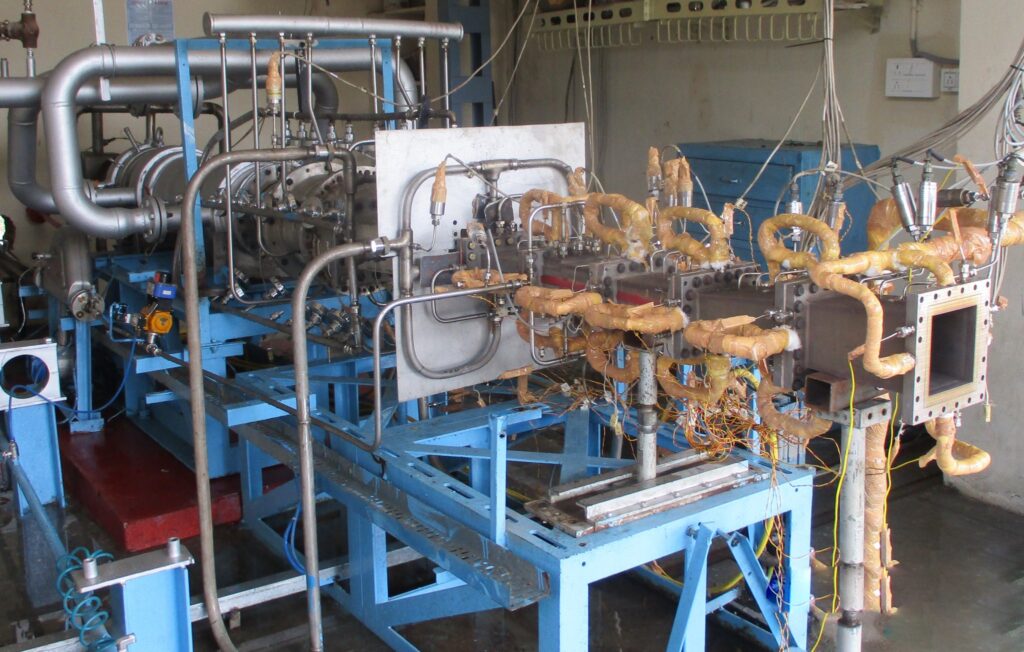
India has achieved a major milestone in its defence capabilities with the Defence Research and Development Organisation’s (DRDO) successful ground test of a scramjet combustor. This development is a significant leap towards operational hypersonic missile technology, showcasing India’s commitment to advancing strategic military technologies.
Recent Ground Test Details
The test, which lasted for 120 seconds, validated crucial capabilities like successful ignition and stable combustion, paving the way for next-generation hypersonic missiles. It demonstrated DRDO’s ability to achieve sustained performance under extreme conditions.
Challenges and Innovations in Scramjet Ignition
Scramjet ignition is a complex challenge, often likened to “keeping a candle lit in a hurricane.” DRDO developed innovative flame stabilisation techniques to ensure continuous combustion at airspeeds exceeding 1.5 km/s, addressing one of the critical hurdles in hypersonic flight.
Indigenous Fuel Development
In collaboration with the Defence Research and Development Laboratory (DRDL), India has developed an indigenous endothermic scramjet fuel. This advanced fuel not only aids in efficient cooling but also simplifies ignition, meeting the high-performance demands of hypersonic applications.
Thermal Barrier Coating (TBC) Advancements
A cutting-edge Thermal Barrier Coating (TBC) has been designed to withstand the extreme temperatures encountered during hypersonic flight. This advanced ceramic coating enhances the engine’s durability and performance, ensuring reliable operation in high-temperature environments.
Significance of the Breakthrough
This successful demonstration positions India among the leading nations in hypersonic technology. The combination of stable combustion, indigenous fuel, and advanced thermal management brings India closer to operational hypersonic missiles, reinforcing national security and strategic defence capabilities.
Also Read: Pangsau Pass International Festival (PPIF) 2025
Disclaimer
This article is for educational purposes, focusing on the relevance of the topic for UPSC aspirants. Students should stay updated on further developments and refer to official sources for comprehensive preparation.
Follow Fusion IAS



